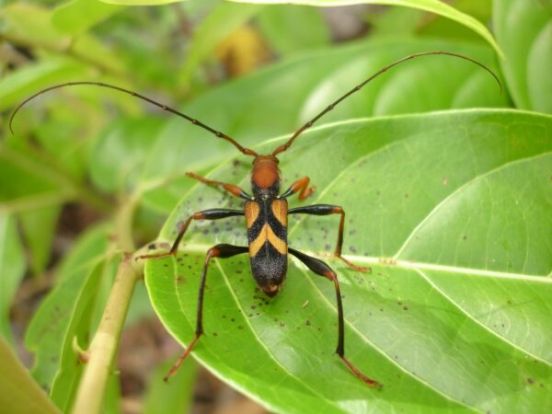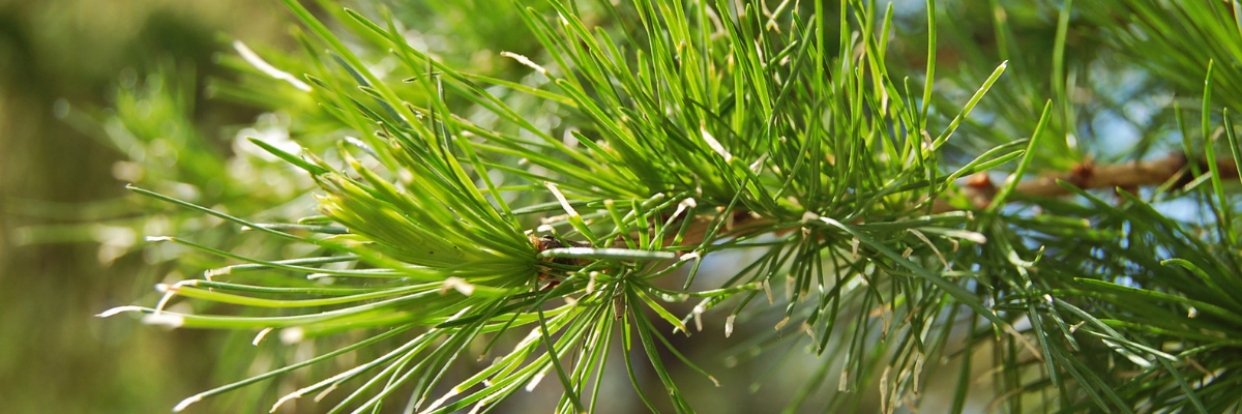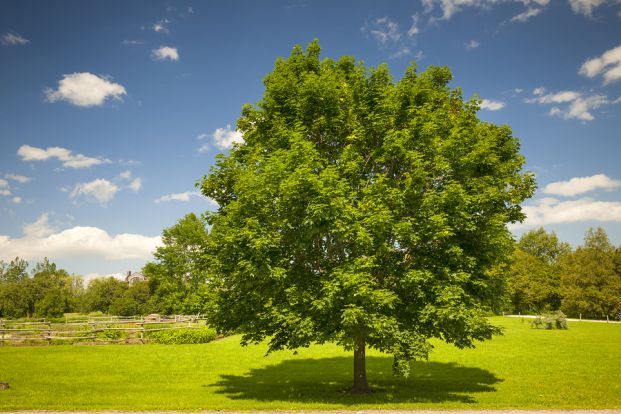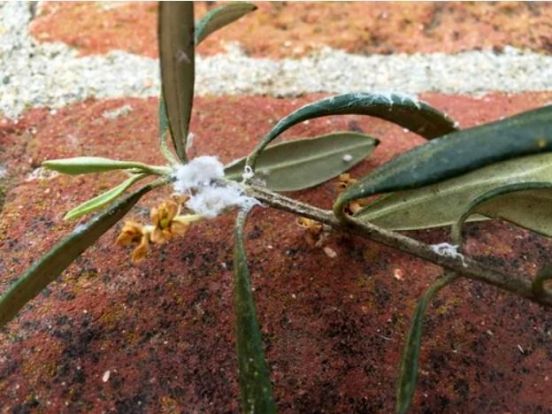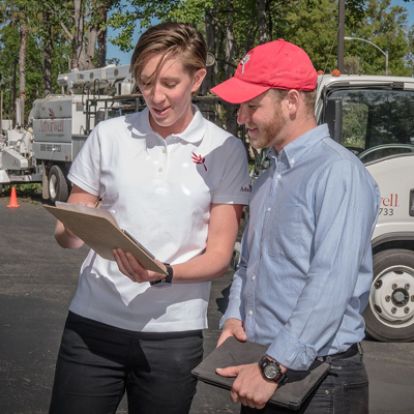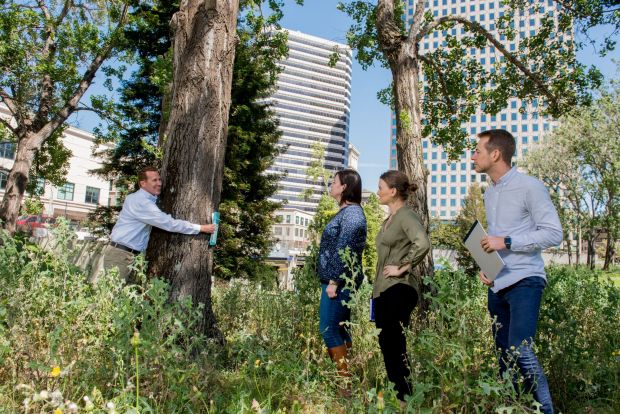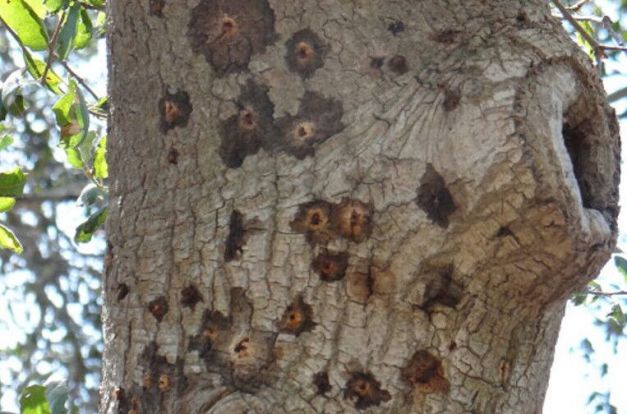Summer Invasive Tree Pests in Seattle
Are you doing your part to protect your landscaping investment and minimize the impact of summer invasive tree pests in Seattle? All it takes is a simple, 10-minute tree inspection by yourself or a Seattle tree pest services expert to protect the state’s green spaces. August is the ideal time to ID invasive insects, when the summer heat sends pests out into the open. What pests should you be on the lookout for?
Asian Giant Hornets, Emerald Ash Borers, Long-Horned Beetles, pests, seattle trees

